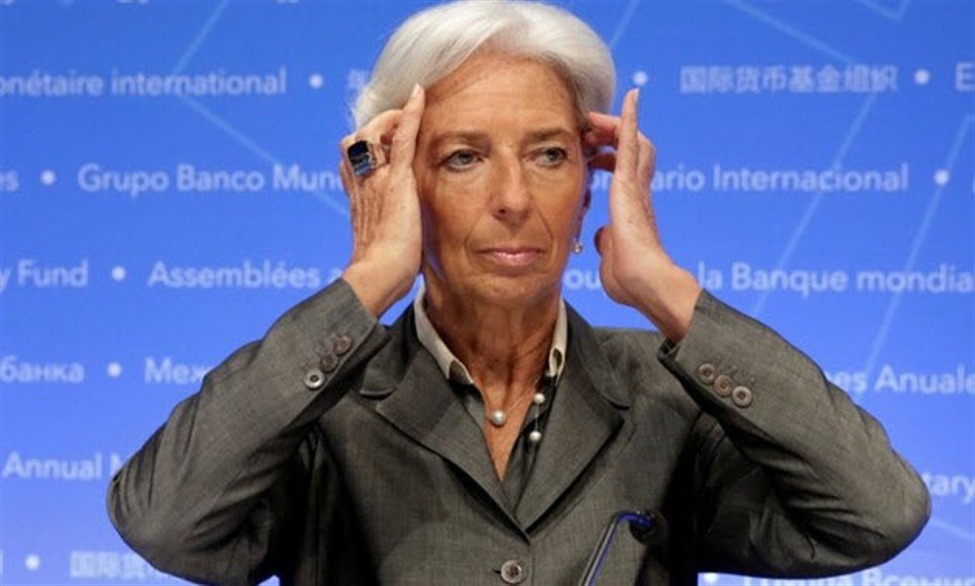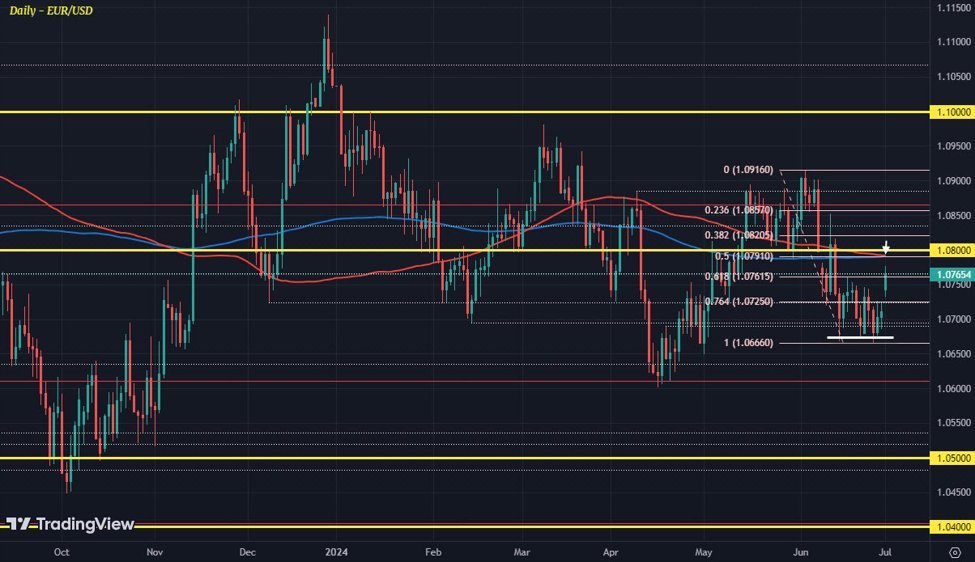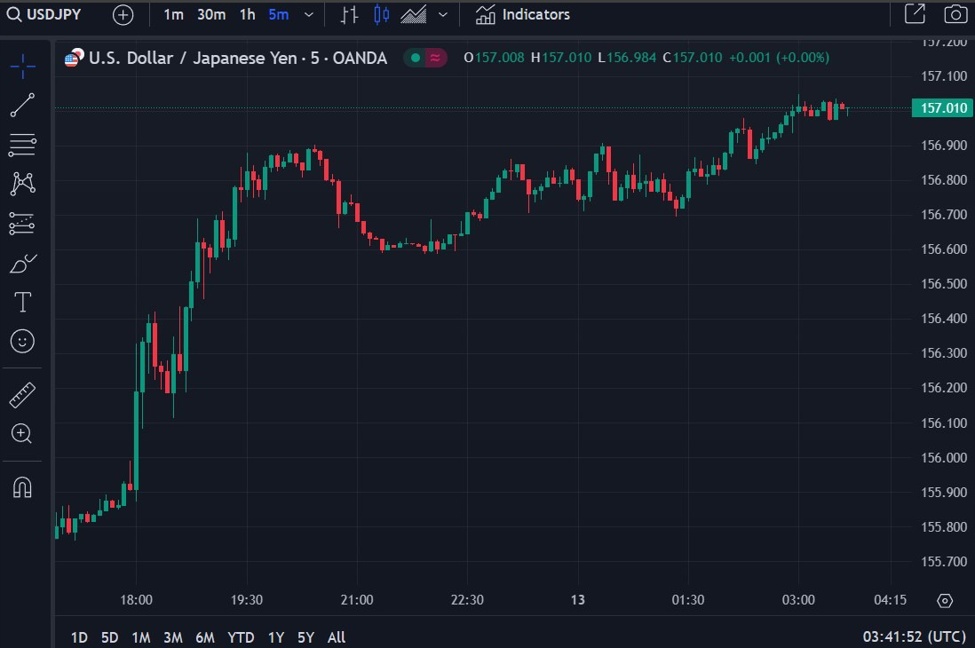But alas, the ECB has to keep their focus on inflation pressures first and foremost. If growth expectations were the main argument, there would be a strong reason to push with a rate cut in September after the PMI data earlier. Instead, the situation now presents a bit of a headache for the central bank.
The economy is starting to slow down again after a resilient showing in Q1, followed by marginal growth in Q2. However, there hasn’t been too much progress on the inflation front over the last two to three months especially.
The disinflation process remains relatively gradual at best and one might even argue that it is stalling somewhat as of late.
Even from the PMI data today, HCOB noted that:
“Prices data did not provide hope for relief. Input prices in the services sector increased at a faster rate and selling prices rose at a similar pace to the previous survey period. To make things worse, input prices in manufacturing, which fell for more than a year between March 2023 and May 2024, have now increased for two months straight. Output prices fell only fractionally, which may make it more difficult for overall inflation to make the necessary progress towards the 2% target. Our conclusion is that while a September rate cut will most probably be exercised, it will be much trickier to follow this path in the months thereafter, unless the downturn morphs into a deep recession.”
The ECB might just be stubborn enough to still cut rates again in September. However, they might run into a wall in trying to cut rates another time later this year.
The current market pricing shows ~44 bps of rate cuts for the year. And if it were to be a one and done case, there will be some repricing to do in markets.
In turn, that might offer a minor tailwind for the euro. That being said, if inflation pressures are holding higher while the economy continues to suffer later in the year, I fear that such prospects will outweigh everything else for the single currency. Can anyone say stagflation?
That’s a serious risk to consider and might leave a scar on the euro and regional assets as we get deeper into the second half of the year.
This article was written by Justin Low at www.forexlive.com.
Source link




